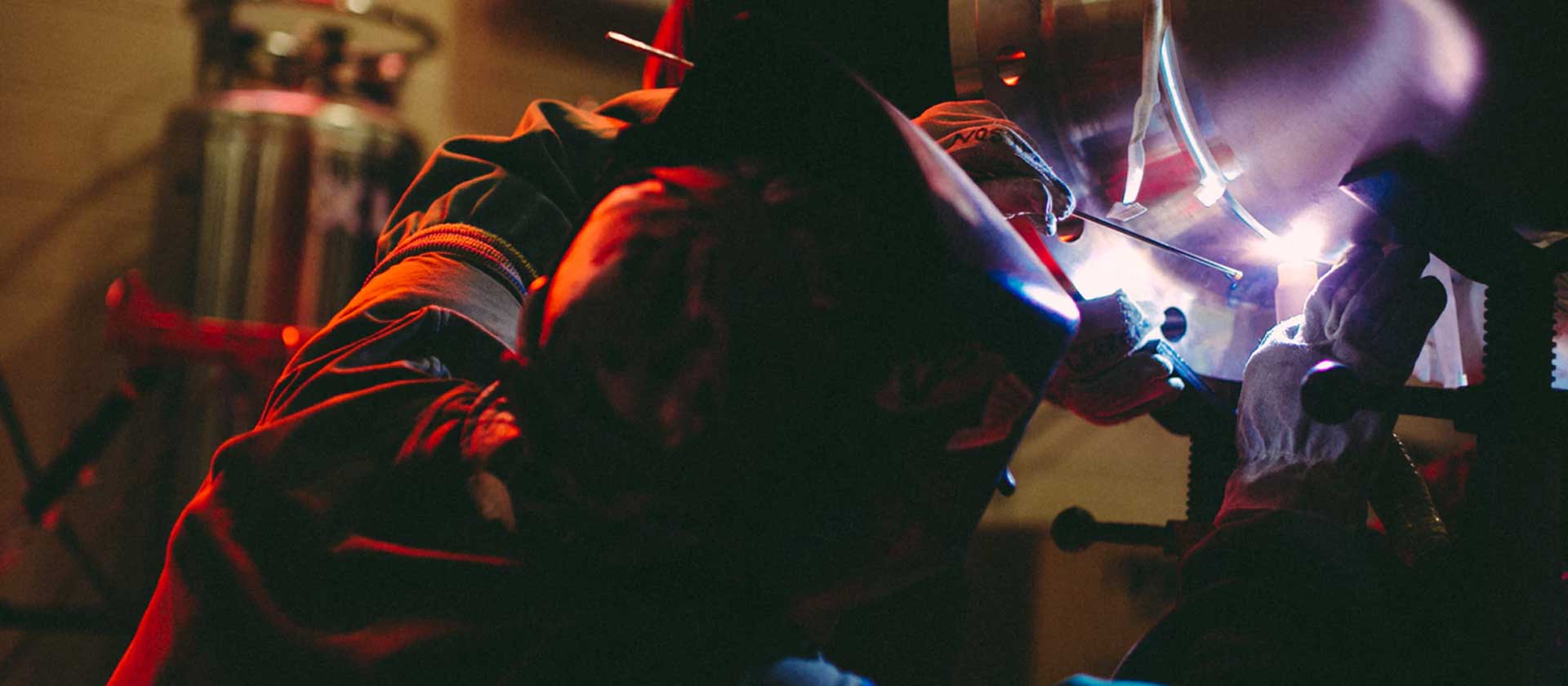
SERVICES
Inspection Services and Solutions
Advanced NDT Services
Surface Eddy Current Testing (ECT)
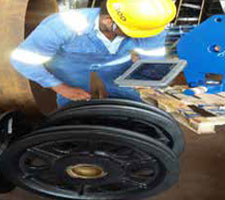
Flaw detection (crack, corrosion, de-bond Metal sorting
» Electrical conductivity
» Coating, plating, cladding & thin sheet thickness measurement
Positive Material Identification (PMI)
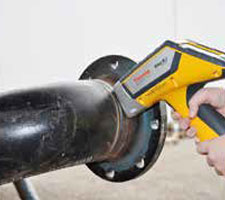
PMI (Positive Material Identification) testing is the analysis of materials to determine the chemical composition of a metal or alloy at particular (usually multiple) steps of alloy manufacturing or in-process alloy installation. Knowing the exact composition and grade of an alloy
Phased Array Ultrasonic Testing (PAUT)
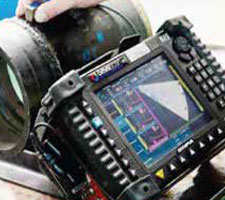
Phased array is widely used for non-destructive testing in several industrial sectors, such as construction, pipelines, and power generation. This method is an advanced NDT method that is used to detect discontinuities i.e. cracks or flaws and thereby determine component quality. Due to the possibility to control parameters such as beam angle and focal distance, this method is very efficient regarding the defect detection and speed of testing
Ultrasonic testing by time of flight diffraction (TOFD)
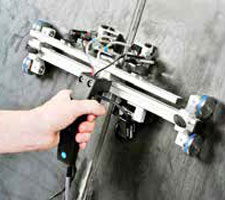
TOFD method of ultrasonic testing is a sensitive and accurate method for the non-destructive testing of welds for defects. The use of TOFD enabled crack sizes to be measured more accurately, so that expensive components could be kept in operation as long as possible with minimal risk of failure.
Remote field eddy current testing of ferrous tubes (RFECT)
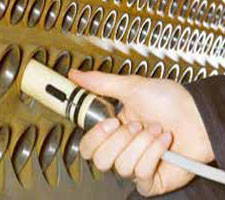 Remote Field Testing (RFT) can only be performed on ferrous tubing
with effective detection of wall loss. Remote Field Testing speeds are
faster than IRIS inspections. IRIS inspection can be used to back up
signals detected by RFT.
• Used with ferromagnetic materials
• Can detect wall loss, pitting, baffle wear, cracks if in large clusters
• Less cleaning required compared to IRIS
• Can inspect up to 400 tubes per shift
• Gives results in percent of wall loss
Remote Field Testing (RFT) can only be performed on ferrous tubing
with effective detection of wall loss. Remote Field Testing speeds are
faster than IRIS inspections. IRIS inspection can be used to back up
signals detected by RFT.
• Used with ferromagnetic materials
• Can detect wall loss, pitting, baffle wear, cracks if in large clusters
• Less cleaning required compared to IRIS
• Can inspect up to 400 tubes per shift
• Gives results in percent of wall loss
Remote Visual Inspection/Boroscopy
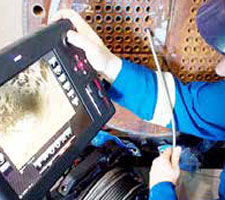
RVI is used to visually inspect plant components for surface defects, general condition, degradation, blockages & foreign materials. It can be used as standalone inspection or as a complement to other NDE techniques, such as eddy current, ultrasonic or X-ray, in order to qualify unclear signals or pinpoint where a more thorough inspection is needed.
Small Controlled Area Radiography (SCAR)
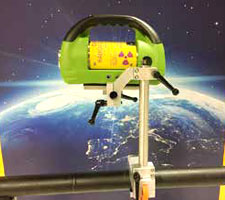
SCAR uses relatively low curie radioactive sources that are always shielded or under colflmation and never physically exit the exposure device. Since smaller restrictive areas are possible with SCAR, the ability to conduct simultaneous operations involving radiography is increased. In the past. restricted areas were too large to allow radiography to be performed in the immediate area of other types of work or in the vicinity of the general public. Higher levels of productivity are now achieved because the need to radiograph during windows of opportunity or non routine work periods can be greatly reduced or eliminated. Other craft work benefits from SCAR as well, because it can continue uninterrupted. The main principle of radiation safety, AlARA (as low as reasonably achievable), can now be implemented with more assurance than ever before.
Holiday Testing (HT)
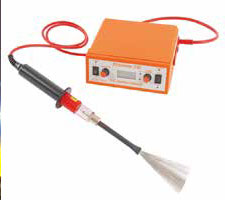
The holiday detector is also known as a porosity detector, pinhole tester,spark tester, jeep tester or jeeper. Holiday detectors are employed in the non-destructive detection and location of pinholes, holidays, bare spots or thin points in protective coatings applied for corrosion protection over metal or concrete (conductive) surfaces. Holiday detectors are suitable for production pipeline coating operations, tank work and structures.
Coating Thickness Measurement (CTM)
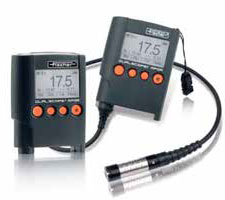
The CTM measures coating thickness on magnetic and non-magnetic base materials with high precision. It is user-friendly, sturdy and ideal for uncomplicated, reliable and non-destructive in-situ measurements
• Ideal for condition based monitoring of piston rings in 2-stroke engines.
• Measures non-magnetic coatings on magnetic base materials, such as chromium plated or plasma coated cast iron.
• Also measures non-magnetic coatings on non- magnetic base materials, such as plastic coated stainless steel.
• Automatically detects whether the base material is magnetic or non-magnetic.
• Small enough to make reliable measurements even in hard to reach areas
ACCREDITATION
We are an independent inspection company certified by SAC-Singlas, DNV, ISO 9001:2008; OHSAS 18001:2007 & Bizsafe Star.